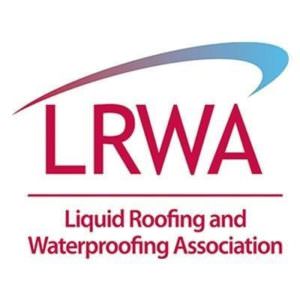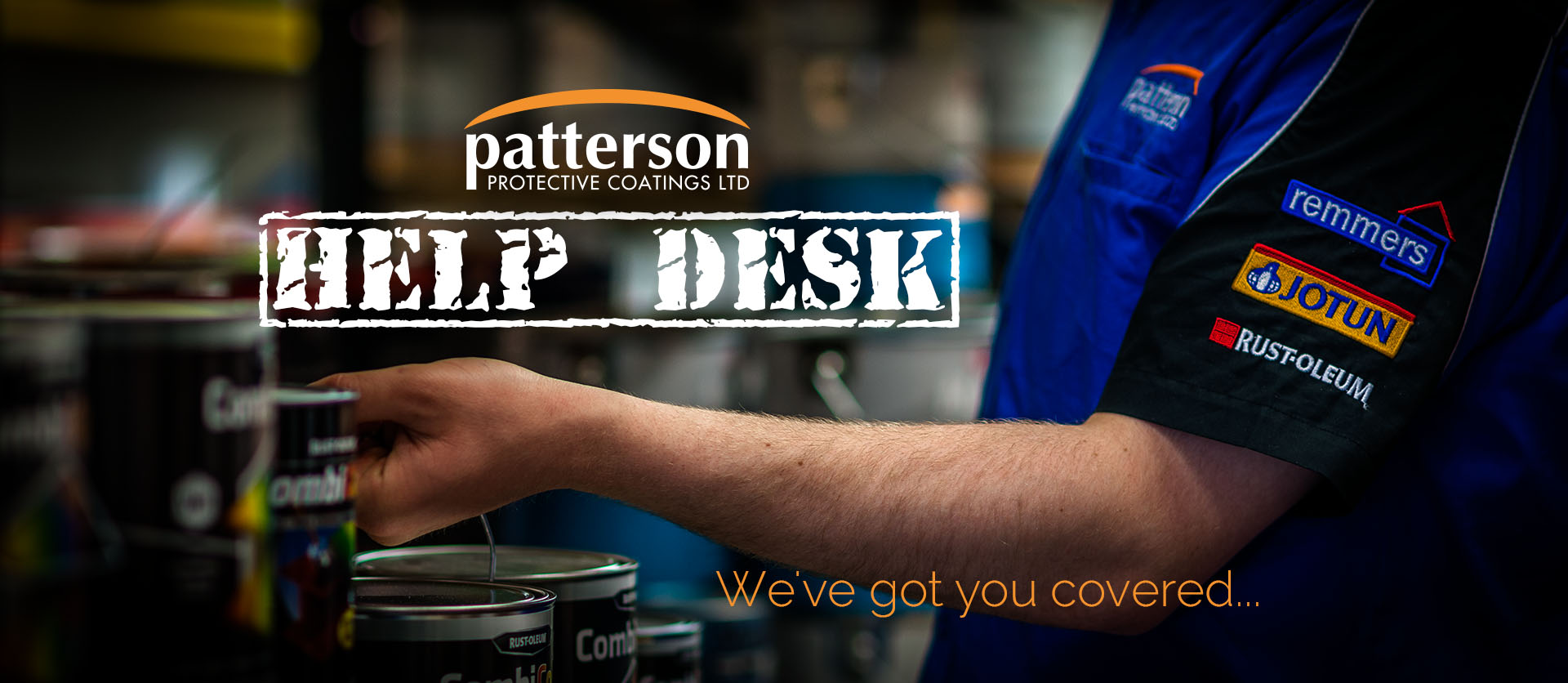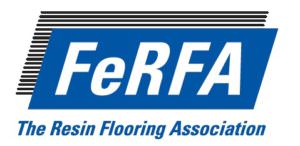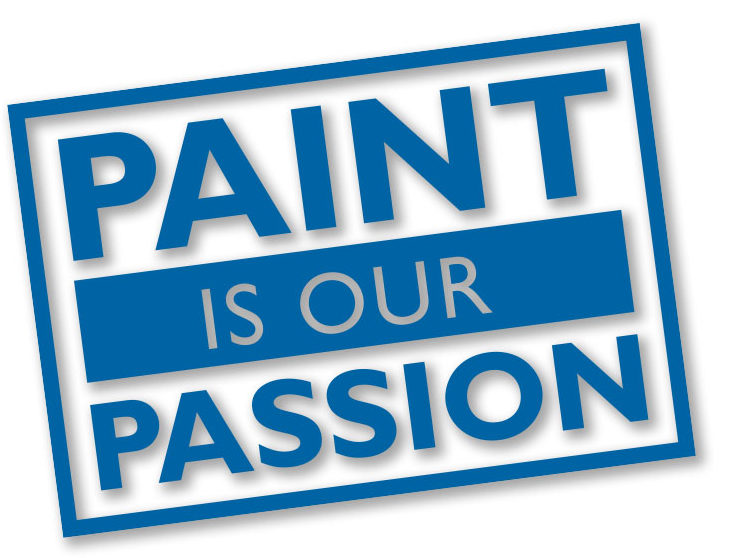The Liquid Roofing and Waterproofing Association represents the fastest growing sector of the construction industry. Suitable for new-build and refurbishment projects, liquid membranes have delivered proven performance in the UK since the 1970’s with literally millions of square metres laid.
 The aim is to raise awareness of both the technical and financial benefits of specifying liquid applied waterproofing systems and provide independent advice for specifiers.
The aim is to raise awareness of both the technical and financial benefits of specifying liquid applied waterproofing systems and provide independent advice for specifiers.
Many of the UK and Europe’s leading manufacturers of liquid applied membranes are members of the association, along with their approved contractors and suppliers.
This diverse member mix means the LRWA can act as a collective voice for the industry, providing guidance on industry standards and best practice.
The comprehensive range of products and services available means our members can provide solutions throughout a project, whether it’s the roof, balcony, basement, walkway or car park.
To ensure specifiers get the very best solutions and expert installation we recommend using LRWA member companies. These are businesses that are devoted to best industry practice and aim to supply and install their systems to a client’s complete satisfaction.
All our manufacturer members have to meet stringent quality criteria before membership with the LRWA can be approved.
This includes:
- Having their own quality systems that meet ISO 9001 standards
- Providing trained technical staff to give support in the office and out on site
- Achieving independent product accreditations such as BBA and ETA certificates
- Developing their own approved contractor schemes and providing full training for these contractors
- Supplying systems with a minimum 10 year guarantee
One of our biggest achievements has been the development of apprenticeship and up-skilling programmes for contractors, which helps to keep installation quality high and supports the young installers of tomorrow.
As part of this we have established the LRWA Liquid Applied Membrane Training Centre, in conjunction with the National Federation of Roofing Contractors and the Construction Library; created online training modules in liquid waterproofing in conjunction with the National Federation of Roofing Contractors and Construction Library; and provided a RIBA approved online CPD to educate specifiiers.
We provide technical guidance for specifiers through Guidance Notes and the LRWA Code of Practice, and our members work together to ensure liquids are represented within industry standards such as the BREEAM Green Guide to Specification.
Through partnerships with other roofing trade associations, the National Federation of Roofing Contractors and the Institute of Roofing, the LRWA is working hard to move the flat roofing industry forwards and ensure quality products with quality installations.
Helpful Guidance & Downloads from the LRWA:
LRWA – Inspection or roofs, balconies and walkways
LRWA – Substrates for Liquid Waterproofing
LRWA – Generic Types of Liquid Waterproofing
LRWA – Roof, Balcony and Walkway Refurbishment
LRWA – Health and Safety Considerations
LRWA – Safe use of Systems
LRWA – Specification Guidance
LRWA – Profiled Fibre Cement Cladding
LRWA – Metal Profiled Sheet Roofing and Cladding
LRWA – Roof, Balcony and Walkway Code of Practice

 The aim is to raise awareness of both the technical and financial benefits of specifying liquid applied waterproofing systems and provide independent advice for specifiers.
The aim is to raise awareness of both the technical and financial benefits of specifying liquid applied waterproofing systems and provide independent advice for specifiers.
